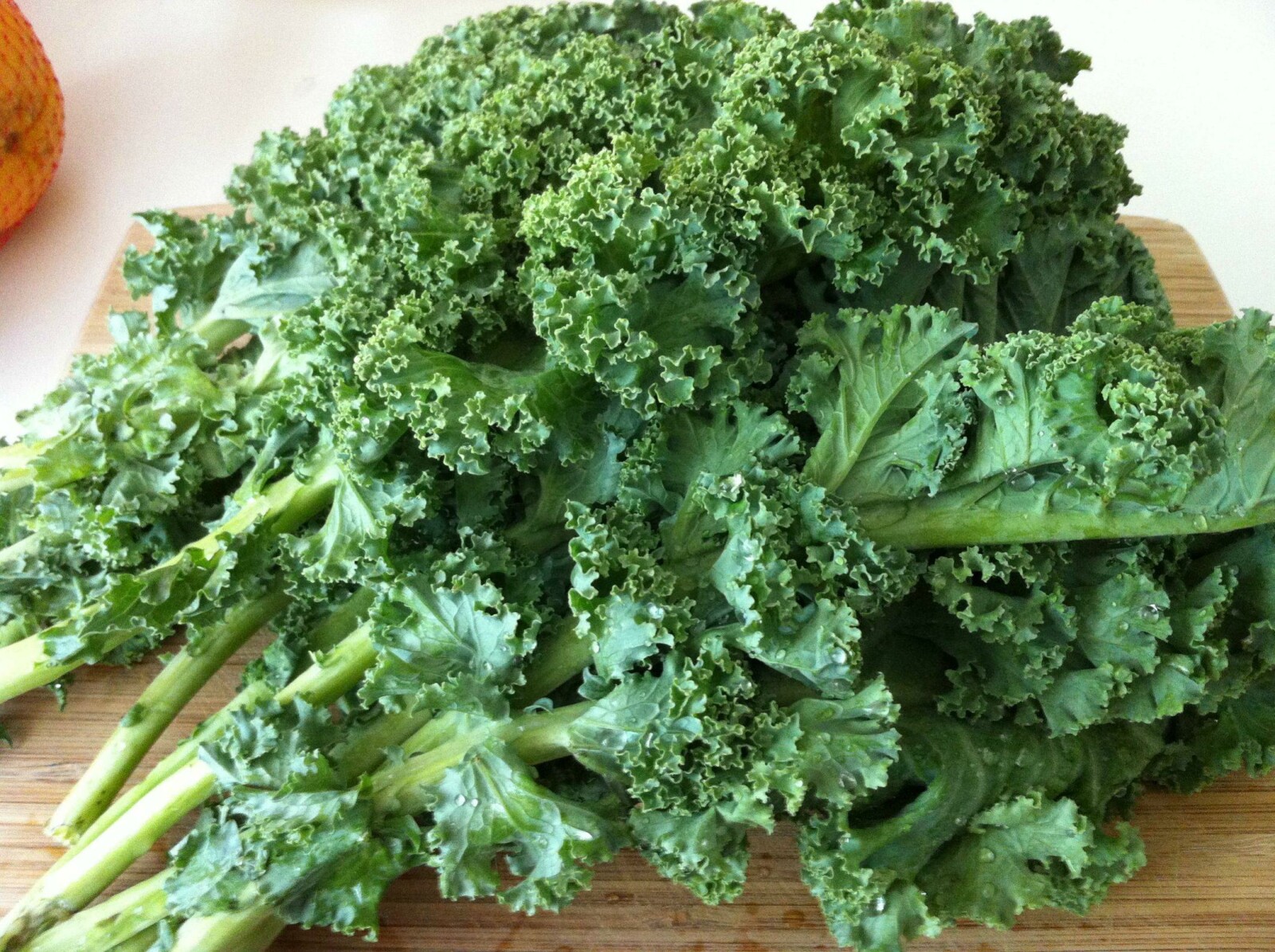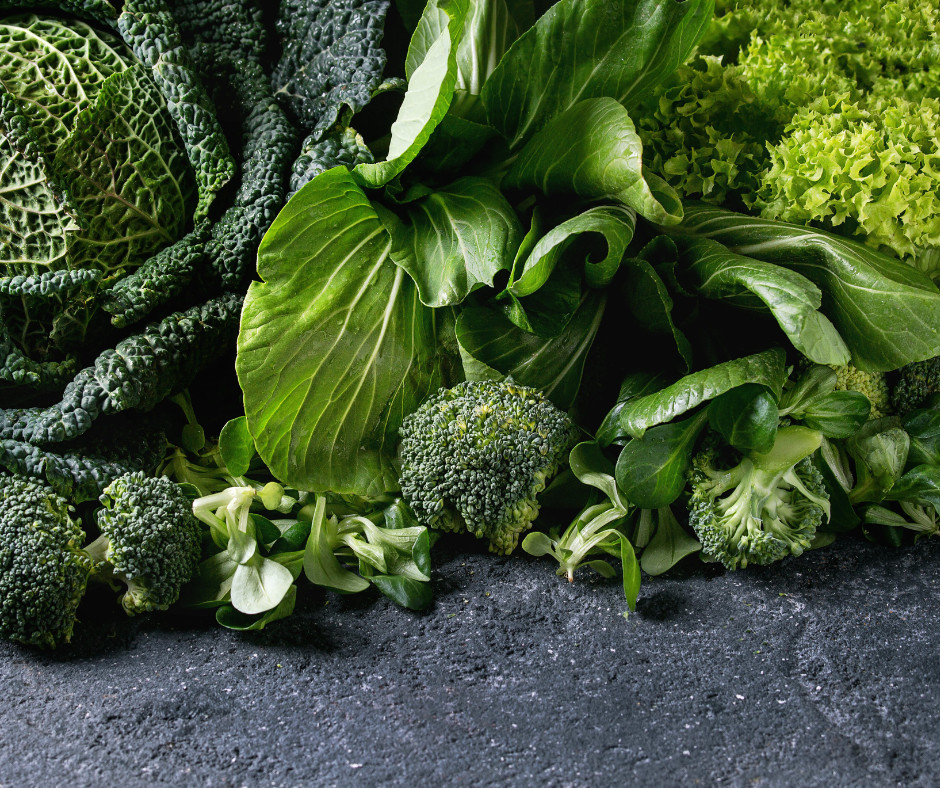
Inflammation is the body’s natural response to injury and illness, but it can also be triggered by poor lifestyle choices. Unhealthy eating habits, smoking, excessive drinking, and lack of exercise can all lead to chronic inflammation. Fortunately, certain types of food can help reduce inflammation and provide health benefits. These are known as superfoods - nutrient-dense foods packed with vitamins, minerals, and antioxidants that are essential for maintaining good health. In this blog post, we will discuss five superfoods that can help reduce inflammation.
Turmeric
This bright yellow spice is a staple in Indian cuisine and has been used in traditional medicine for centuries. Turmeric contains curcumin - an active compound with potent anti-inflammatory properties. Studies have found that curcumin helps reduce inflammation in the body by blocking inflammatory molecules from binding to cells. It’s also been shown to be effective at reducing pain associated with joint conditions like arthritis.
Cherries
Cherries contain powerful anti-inflammatory compounds called anthocyanins which help reduce inflammation in the body. They are loaded with antioxidants that can help reduce oxidative stress - a major cause of inflammation - as well as boost your immune system and lower cholesterol levels. Eating cherries or drinking cherry juice has been linked to improved heart health and reduced risk of developing certain cancers.
Fatty Fish
Fatty fish like salmon, mackerel, tuna, and sardines are packed with omega-3 fatty acids which help keep inflammation at bay by preventing the production of pro-inflammatory molecules in the body. Studies have found that regularly consuming fatty fish may reduce risk of developing certain diseases such as heart disease and rheumatoid arthritis due to its anti-inflammatory effects on the body.
Broccoli
Broccoli is one of nature’s most powerful superfoods when it comes to reducing inflammation in the body thanks to its high levels of antioxidants like vitamin C and carotenoids. Eating broccoli regularly has been linked to decreased risk of cancer due to its ability to fight off free radicals which are responsible for causing cell damage leading to disease development. Broccoli is also high in fiber which helps regulate digestion and promote healthy gut bacteria which is important for overall health and well being!
Ginger
Ginger has long been used for medicinal purposes due to its anti-inflammatory effects on the body caused by its active compound gingerol which helps block pro-inflammatory molecules from binding together leading to decreased levels of inflammation overall! Ginger has also been found helpful at relieving nausea associated with some illnesses or treatments as well as helping improve digestion due to its antibacterial properties!
Superfoods are nutrient-dense foods packed full of vitamins, minerals, antioxidants, and healthy fats that not only provide essential nutrients for maintaining good health but also have powerful anti-inflammatory properties that make them ideal for reducing chronic inflammation caused by poor lifestyle choices or underlying medical conditions. From turmeric to cherries, fatty fish, broccoli, ginger – there's no shortage of delicious options available when it comes choosing superfoods that can help you combat inflammation! Women looking for ways naturally reduce their risk of disease while boosting their overall well being should consider adding these five powerhouse superfoods into their diet today!
This is my superfood
Here is the link to what I use to manage my inflammation.
Get my free guide "3 ways to reduce inflammation" !
Ask me about the 11 day jumpstart to reduce pain and inflammation
Disclaimer: The information in this article is for educational purposes only and should not be considered medical advice. Please consult with a healthcare professional before making any changes to your diet or lifestyle.

Joint pain can be a serious issue for many women, especially those who are active or aging. While there are several treatments available to help with joint pain, some women may prefer to take a more natural approach by taking vitamins and supplements. Here’s what you need to know about vitamins that help with joint pain relief.
Vitamin B Complex
The B complex family of vitamins includes thiamine (B1), riboflavin (B2), niacin (B3), pantothenic acid (B5), pyridoxine (B6), biotin, folic acid, and cobalamin (B12). Each of these vitamins has different roles in the body, but they all work together to support healthy cell function and metabolism. Vitamin B complex may provide relief from joint pain because it helps reduce inflammation. It also improves circulation and increases energy levels, which can be beneficial for those suffering from joint pain.
Vitamin D
Vitamin D is an essential nutrient that plays an important role in bone health. Studies have shown that people with low levels of vitamin D are more likely to experience joint pain than those with adequate levels of the vitamin. Vitamin D also helps regulate calcium absorption in the body and supports immune system function, both of which can be beneficial for reducing joint pain symptoms.
Fish Oil Supplements
Fish oil supplements contain omega-3 fatty acids, which are known to reduce inflammation throughout the body. Therefore, fish oil supplements may help relieve joint pain caused by inflammation or arthritis. Additionally, studies have found that fish oil can reduce stiffness in joints and improve mobility in people with chronic joint conditions like rheumatoid arthritis or osteoarthritis.
Joint pain can be an extremely uncomfortable condition for many women. While there are numerous medical treatments available for this condition, some women may prefer to try a more natural approach first – such as taking vitamins or supplements specifically designed to reduce joint pain symptoms. Vitamins like B complex, vitamin D, and fish oil supplements can all provide relief from joint pain by reducing inflammation and improving overall health and well-being. If you’re looking for a more natural treatment option for your joint discomfort, consider talking to your doctor about adding these vitamins into your daily routine!
Here is the link to what I use to manage my inflammation.
Get my free guide "3 ways to reduce inflammation" !
Ask me about the 11 day jumpstart to reduce pain and inflammation
Here are the vitamins I take
Disclaimer: The information in this article is for educational purposes only and should not be considered medical advice. Please consult with a healthcare professional before making any changes to your diet or lifestyle.

Arthritis is a chronic condition that affects millions of people around the world, with women being affected at an even higher rate. Living with arthritis can be difficult and it’s important to understand the different treatment options available for managing symptoms. Let’s take a look at some of the most common treatments for arthritis.
Pain Management Medications
One of the most common treatment methods for arthritis is pain management medications, which help to reduce inflammation and relieve pain. Nonsteroidal anti-inflammatory drugs (NSAIDs) are typically prescribed first, as they have been found to be highly effective in reducing pain and inflammation associated with arthritis. If NSAIDs are not effective enough, your doctor may prescribe stronger prescription medications, such as opioids or corticosteroids. It’s important to note, however, that these medications can have serious side effects and should only be taken under a doctor’s supervision.
Physical Therapy
Physical therapy is another popular treatment for arthritis because it helps strengthen the muscles around affected joints, improving joint movement and reducing pain. Physical therapists can also provide guidance on how to use assistive devices such as splints or adjustable chairs, which can help ease the strain on joints when performing certain activities like walking or lifting objects. Physical therapists can also teach you exercises that will help improve your range of motion and flexibility while protecting your joints from further damage.
Surgery
In severe cases of arthritis where other treatments have failed to provide relief from joint pain and stiffness, surgery may be recommended by your doctor. The type of surgery will depend on the severity of the condition as well as which joints are affected by the disease. There are several types of surgical procedures used to treat arthritis including joint replacement surgery (where diseased parts of a joint are removed and replaced with artificial components), arthrodesis (where two bones are fused together), and osteotomy (a procedure in which a bone is cut and then realigned). These surgeries can help restore functionality to an affected joint while helping reduce pain levels significantly.
Arthritis is a chronic condition that causes painful inflammation in joints throughout the body making everyday tasks difficult or even impossible for many people living with it. Fortunately there are several treatments available ranging from natural supplements, over-the-counter medications to more invasive procedures like surgery that can help manage symptoms so those suffering from this condition don’t have to live in constant pain or discomfort anymore. It’s important for women especially--who tend to make up a large portion of those who suffer from this disease--to understand their options so they can make informed decisions about their health care needs when it comes to treating their arthritic conditions.
Here is the link to what I use to manage my inflammation.
Get my free guide "3 ways to reduce inflammation" !
Ask me about the 11 day jumpstart to reduce pain and inflammation
Disclaimer: The information in this article is for educational purposes only and should not be considered medical advice. Please consult with a healthcare professional before making any changes to your diet or lifestyle.

Inflammation is the body’s natural response to injury or infection, but when it becomes chronic, inflammation can have a detrimental effect on our health. An anti-inflammatory diet is full of nutrient-rich foods that can help reduce this chronic inflammation and help women over 40 maintain their health and well-being. Let’s take a look at what an anti-inflammatory diet consists of.
The Basics of an Anti-Inflammatory Diet
An anti-inflammatory diet is high in fruits and vegetables such as leafy greens and brightly colored produce like berries, tomatoes, squash, peppers, and carrots. Whole grains such as oats, quinoa, barley, brown rice, and farro are also great sources of fiber. Healthy fats from avocados, nuts, seeds, olive oil, canola oil are also beneficial for reducing inflammation. Finally, lean proteins such as fish (salmon and herring are especially good options), poultry, tofu and tempeh provide essential nutrients while staying low in saturated fat.
In addition to these nutrient-filled foods there are some other key components to an anti-inflammatory diet including limiting processed foods (which are often high in sugar) as well as avoiding trans fats found in fried foods and processed snacks. Reducing your intake of saturated fats from red meat should also be a priority as they have been linked to inflammation in the body. Eating more plant based proteins along with healthy fats will help you stay satisfied while keeping inflammation at bay.
Eliminating Certain Foods From Your Diet
When it comes to reducing inflammation it’s not just about adding certain foods into your meal plan; eliminating certain foods from your diet can be just as important if not more so. For example cutting back on refined carbohydrates like white bread or white pasta which lack the same amount of fiber that whole grains offer is a must for any anti inflammatory diet. Additionally processed meats (such as bacon or hot dogs) contain nitrates which have been linked to increased levels of inflammation so reducing or eliminating these types of meats can also be beneficial for overall health. Finally alcohol should be limited or eliminated altogether due to its inflammatory effects on the body over time; however moderate consumption may still be enjoyed in moderation depending on each individual person's lifestyle preferences.
In short an anti-inflammatory diet focuses on consuming nutrient rich fruits and veggies whole grains healthy fats lean proteins while limiting processed sugars saturated fats trans fats refined carbohydrates and processed meats such as bacon or hot dogs If followed properly this type of meal plan can greatly reduce levels of chronic inflammation while helping women over 40 maintain their health and well being with delicious nutrient filled meals every day!
Here is the link to what I use to manage my inflammation.
Get my free guide "3 ways to reduce inflammation" !
Ask me about the 11 day jumpstart to reduce pain and inflammation
Disclaimer: The information in this article is for educational purposes only and should not be considered medical advice. Please consult with a healthcare professional before making any changes to your diet or lifestyle.

For those suffering from arthritis, it can be difficult to know how best to manage the pain and discomfort associated with this condition. While it may seem impossible to find relief from arthritis, there are ways that you can ease your symptoms through dietary changes. In this blog post, we’ll explore some of the foods that can help you find relief from your painful arthritis symptoms.
Foods Rich in Omega-3 Fatty Acids
Omega-3 fatty acids are essential nutrients that help reduce inflammation in the body. Foods like salmon, sardines, walnuts, and flaxseeds are all rich in omega-3 fatty acids and can help reduce the pain and swelling associated with arthritis. Studies have also shown that omega-3 fatty acids may even slow down the progression of the disease in some cases.
Foods High in Vitamin D
Vitamin D is a nutrient that helps to strengthen bones, which may offer some relief for those who suffer from osteoarthritis. Vitamin D is found naturally in foods such as eggs, mushrooms, cheese, and yogurt. Additionally, many orange juice brands now come fortified with vitamin D so you can get an extra boost of this powerful nutrient every day.
Foods Rich in Vitamin C
Vitamin C is an antioxidant that helps protect cells from damage caused by free radicals—which makes it a great choice for people with rheumatoid arthritis since it works to reduce inflammation and joint pain caused by this condition. Vitamin C sources include citrus fruits like oranges and lemons as well as broccoli, bell peppers, kale and papaya.
Arthritis can be a painful and debilitating condition but there are steps you can take to find relief from its symptoms. Eating foods rich in omega-3 fatty acids, vitamin D and vitamin C can all help alleviate joint pain associated with arthritis while helping to protect your cells against further damage caused by free radicals. Women over 40 should incorporate these healthy ingredients into their diets to see if they experience any improvement or relief from their arthritis symptoms.
Here is the link to what I use to manage my inflammation.
Get my free guide "3 ways to reduce inflammation" !
Ask me about the 11 day jumpstart to reduce pain and inflammation
Disclaimer: The information in this article is for educational purposes only and should not be considered medical advice. Please consult with a healthcare professional before making any changes to your diet or lifestyle.












